Bermuda Triangle (aka Bermuda Triangle OG)

The Bermuda Triangle Strain, often shrouded in as much mystery as its namesake, is a hybrid cannabis plant that has captured the attention of both connoisseurs and medical patients alike. Its enigmatic lineage, a cross between the Ghost OG and Triangle Kush, lends it a complex profile of effects and flavors that have been reported to range from the deeply relaxing to the creatively inspiring.
The relatively high THC content requires a measured approach to its use, with many users noting its particular efficacy in addressing certain ailments such as chronic pain and insomnia. While the alluring name might suggest an unfathomable depth of effects, it is the nuanced experience it offers that beckons further exploration into its properties and potential benefits.
As the conversation around the Bermuda Triangle Strain continues to unfold, it becomes imperative to consider both its celebrated qualities and the cautionary tales that accompany its use.
Genetic Lineage
The Bermuda Triangle strain emerges from a deliberate crossbreeding of Ghost OG and Triangle Kush, inheriting an indica-dominant genetic structure and a notable THC concentration that averages between 20-25%. This hybridization process yields a phenotype that is potent in its effects, a direct consequence of its rich genetic heritage. The presence of Triangle Kush in its lineage is particularly influential, contributing to the strain’s robust terpene profile and high THC levels which render it quite strong.
Scientific analysis of the Bermuda Triangle strain reveals a terpene composition rich in myrcene, limonene, and humulene. Myrcene, the most abundant terpene in cannabis, is known for enhancing the psychoactive effects of THC and providing a sedative, relaxing sensation. Limonene, another prominent terpene, contributes to the distinctive citrus aroma and may offer mood elevation and stress relief. Humulene adds to the earthy, woody notes of the strain’s scent and could provide anti-inflammatory benefits.
The intentional breeding methodology employed to develop the Bermuda Triangle strain demonstrates a purposeful effort to amalgamate the vivid energetic uplift and potential medical applications of its parent strains. The result is a complex, well-rounded cannabis experience defined by its genetic lineage.
History and Origin
Delving into the Bermuda Triangle OG’s lineage, one discovers a history rooted in a meticulous blend of Ghost OG and Triangle Kush, designed to produce a strain with distinct potency and therapeutic potential. The progeny of this cross inherits the robust genetic makeup of its predecessors, which is reflected in its significant THC level ranging from 22%-25%. This concentration underlines the strain’s capacity for inducing profound psychoactive effects and its suitability for therapeutic applications.
- Bermuda Triangle OG properties:
- Average THC level: 22%-25%
- Known for: Long-lasting effects, psychedelic tendencies
- Suitable for treating: Insomnia, migraines, nausea, appetite loss, chronic pain
- Best used: Afternoon and evening
The strain’s sensory profile complements its potent effects, offering a rich sweet pine flavor with nuances of earthy diesel, contributing to the overall experience. The resulting body high is characterized by deep relaxation, which underscores the strain’s efficacy in medical contexts.
A scientific approach to breeding has culminated in a strain that not only satisfies recreational pursuits with its cerebral stimulation but also addresses specific health conditions, thereby extending its appeal to a broad spectrum of users, including those with considerable therapeutic needs involving Triangle Kush’s well-regarded lineage.
THC/CBD Content
With an average THC concentration ranging between 22% and 25%, Bermuda Triangle OG is notable for its relatively high psychoactive potency when compared to other cannabis strains, while its CBD content remains markedly low, typically less than 1%. This hybrid strain exhibits a cannabinoid profile that is oriented towards users seeking robust cerebral effects coupled with significant therapeutic benefits attributable to THC, but with minimal influence from CBD.
The following table provides a comparative overview of Bermuda Triangle OG’s cannabinoid content relative to generic averages for hybrid strains:
| Cannabinoid | Bermuda Triangle OG | Average Hybrid Strain |
|---|---|---|
| THC (%) | 22 – 25 | 10 – 20 |
| CBD (%) | < 1 | 1 – 2 |
| Total Cannabinoids (%) | > 22 | 11 – 22 |
This data accentuates the strain’s deviation from the norm, with a THC content that often surpasses the upper threshold for hybrids. The predominance of THC in the strain’s profile suggests pronounced psychoactivity, which may have implications for both recreational and medicinal use. Due to its low CBD content, Bermuda Triangle OG may not be the optimal choice for those seeking the balancing effects typical of higher CBD strains. Nonetheless, the potent THC level is consistent with the strain’s reported effects of euphoria, relaxation, and potential aid in managing pain and insomnia.
Terpene Profile
Bermuda Triangle OG’s distinctive terpene profile is characterized by a high concentration of myrcene, complemented by notable levels of limonene, linalool, caryophyllene, and pinene, which collectively shape the strain’s unique aroma and influence its therapeutic effects. These compounds are bioactive, meaning they may affect the body in various ways. The terpene profile, a complex blend of aromatic chemicals, plays a crucial role in defining not only the sensory experience but also the potential health benefits associated with the strain.
-
Myrcene:
-
Most abundant terpene in Bermuda Triangle OG.
-
Contributes a musky, earthy aroma.
-
Associated with sedative effects, potentially enhancing the strain’s relaxing properties.
-
Limonene and Linalool:
-
Limonene offers a citrusy scent and may have mood-boosting effects.
-
Linalool brings floral notes to the profile and is linked to calming and relaxing effects.
-
Caryophyllene and Pinene:
-
Caryophyllene is known for its potential anti-inflammatory properties.
-
Pinene may contribute to alertness and counteract some of the cognitive effects of THC.
The synergy of these terpenes within Bermuda Triangle OG’s terpene profile could provide a nuanced interplay of therapeutic benefits, modulating the overall effects of the strain and enhancing the user’s experience.
Effects
The Bermuda Triangle strain exhibits a complex array of effects, including an initial surge of energy that uplifts mood and sharpens focus. Scientific analysis reveals that this can be attributed to the synergistic interactions between cannabinoids and terpenes within the strain. As the experience progresses, users often report entering a state of blissful euphoria, which transitions into deep relaxation, soothing chronic pain, and ameliorating stress-related symptoms.
| Phase | Effects | Therapeutic Potential |
|---|---|---|
| Initial | Mood uplift, Enhanced focus | Stress relief, Anxiety reduction |
| Intermediate | Euphoria, Relaxation | Chronic pain alleviation |
| Late | Sleepiness, Increased appetite | Insomnia management, Appetite stimulation |
These effects make the Bermuda Triangle strain particularly suitable for afternoon and evening use. The later stages are marked by an increase in laziness and sleepiness, cementing its effectiveness for those suffering from insomnia. Additionally, it has been noted to stimulate appetite, which can be beneficial for individuals dealing with conditions that suppress hunger. Careful consideration should be given to the potential for inducing "munchies," which may be undesirable in some contexts but advantageous in others. As with any cannabis strain, individual responses can vary, and the aforementioned effects should be addressed within the framework of personalized medicine.
Medical Uses
Numerous patients have turned to the Bermuda Triangle strain for its therapeutic potential in treating a variety of medical conditions. This cannabis variety, which includes the genetics of Triangle Kush, offers a complex profile of cannabinoids and terpenes that may contribute to its medicinal efficacy.
Scientific investigations and patient reports suggest that it may provide symptomatic relief for:
- Chronic Pain
- Arthritis
- Neuropathic pain
- Psychological Disorders
- Anxiety
- Depression
The Bermuda Triangle strain’s analgesic properties are thought to be linked to its Triangle Kush heritage, which is reputed for its potent effects. The entourage effect, a synergistic interaction between various cannabis compounds, may enhance the strain’s ability to modulate pain perception. Meanwhile, its anxiolytic effects could be attributed to the presence of certain terpenes that interact with the endocannabinoid system, potentially reducing symptoms of anxiety and depression.
As with all cannabis-based treatments, the efficacy and appropriate use of the Bermuda Triangle strain should be discussed with a healthcare professional, ensuring that it aligns with the individual’s health condition and treatment goals. Additionally, further empirical research is necessary to fully understand the therapeutic scope and mechanisms of action of this particular strain.
Flavor and Aroma
Building on its medical potential, the Bermuda Triangle strain also distinguishes itself with a distinctive flavor and aroma profile, characterized by a rich sweet pine taste complemented by earthy diesel undertones. The predominant terpenes such as myrcene, limonene, and humulene are instrumental in shaping this complex sensory experience.
Myrcene, the most abundant terpene in the cannabis plant, is known for its earthy and musky notes, closely mirroring the scent of cloves. It provides a grounding effect that is intensified by the strain’s inherent earthy diesel elements.
Limolene contributes a zesty vibrancy with its notes of citrus, which cut through the heavier diesel scent to offer a refreshing twist. The presence of humulene adds depth to the strain’s olfactory palette, typically associated with woody, earthy bouquets, and is also believed to exhibit anti-inflammatory properties.
Upon consumption, users are immediately greeted by a dominant pine flavor, which seamlessly transitions into a robust diesel aftertaste. As the buds are broken up, they exude heavy pine and gas scents, revealing nuanced aromas of sweet fruit and woody tones, which are indicative of the strain’s complex phytochemical profile and its potential entourage effects.
Appearance
Enveloped in a cloak of dense, frosty trichomes, the Bermuda Triangle strain’s buds display golden amber hues, visually signifying its potent nature. The resin glands contribute to a coating of frosty aesthetics, reflecting the strain’s high cannabinoid content. Scientific examination reveals that this crystalline layer serves not only as a marker of potency but also as protection for the plant’s delicate terpenes and cannabinoids, preserving the integrity of its complex chemical profile.
- Visual Characteristics:
- Buds:
- Dense and compact structure
- Coated with a thick layer of trichomes, radiating a golden glow
- Trichomes:
- A crystalline blanket providing a shimmering frost-like appearance
- Suggestive of a high THC concentration
The Bermuda Triangle strain’s appeal extends beyond its striking visual presence. When disturbed or prepared for consumption, the trichomes release an eclectic array of aromatic terpenes. These volatile compounds contribute to the strain’s distinct earthy and diesel scent profile. Moreover, the appearance of the smoke or vapor is notably dense, carrying the rich, sweet pine flavor that complements the visual allure.
Whether consumed via traditional smoking methods or through more contemporary means like vaping and dabbing, the Bermuda Triangle strain offers a visually and olfactorily captivating experience.
Grow Information
While the Bermuda Triangle strain captivates the senses with its visual and aromatic qualities, cultivating this indica-dominant hybrid demands a comprehensive understanding of its growth requirements and environmental preferences. Derived from the lineage of Triangle Kush, this strain’s robust terpene profiles and potent cannabinoids are the results of meticulous cultivation. Cultivators must commit to clean and sustainable practices to produce a quality flower.
The strain’s adaptable nature allows it to be grown both indoors and outdoors. However, it requires a level of skill, patience, and attention to detail that might be challenging for novice growers. To optimize the growth of Bermuda Triangle, it is crucial to maintain a controlled environment, ensuring adequate lighting, humidity, and temperature.
Here is a concise table with key information on the Bermuda Triangle strain cultivation:
| Growth Factor | Indoor Cultivation | Outdoor Cultivation |
|---|---|---|
| Skill Level | Experienced | Experienced |
| Environment | Controlled | Natural |
| Cultivation | Clean, Sustainable | Clean, Sustainable |
When considering consumption methods, it is important to be aware of the potential risks such as increased heart rate, blood pressure, and impaired coordination. Additionally, the legal status must be considered to ensure compliance with local regulations.
Adverse Effects
Despite its allure, the Bermuda Triangle strain may elicit several adverse effects, including heightened heart rate and blood pressure, which are particularly concerning for individuals with THC sensitivities. The consumption of Bermuda Triangle OG must be approached with caution due to its potent effects, which can manifest differently across users. The scientific community recognizes the complexity of cannabis-related adverse effects, acknowledging that individual physiology plays a significant role in their occurrence and severity.
-
Cardiovascular Responses:
-
Increased heart rate
-
Elevated blood pressure levels
-
Psychological Reactions:
-
Potential for paranoia and anxiety
-
Risk of impaired judgment and coordination
Furthermore, the strain’s potential to induce paranoia and anxiety is a reminder for users, particularly those with pre-existing anxiety disorders, to be prudent. The psychotropic properties of Bermuda Triangle OG can lead to temporary cognitive and motor impairments, which raises safety concerns for activities that necessitate focus and fine motor skills.
Additionally, individuals should consider the legal implications of using the strain, as its possession and consumption may contravene local regulations. Lastly, while the likelihood of developing an addiction is variable, it is essential for users to remain vigilant about their consumption habits to avoid potential dependency on Bermuda Triangle OG.
Comparisons with Similar Strains
Understanding the adverse effects of the Bermuda Triangle strain sets the stage for a comparison with its counterparts, highlighting the unique properties and potential impacts on users when contrasted with similar cannabis varieties.
Comparatively, the Bermuda Triangle strain and Ghost OG share uplifting cerebral effects, yet the Bermuda Triangle exhibits a more pronounced earthy and pine aroma, potentially offering a distinctive sensory experience.
Whereas Triangle Kush is known for its potent effects, the Bermuda Triangle strain surpasses it with a higher THC content, which may lead to more significant sedative outcomes and enhanced relaxation. This suggests that the Bermuda Triangle could be more effective for users seeking stronger physical relief.
The Bermuda Triangle strain and 707 Headband both provide pain relief and mood enhancement; however, the former boasts a more intricate terpene profile with dominant pine and diesel notes, indicative of a complex interaction with the olfactory system and possibly different experiential effects.
In the realm of high-THC strains, the Bermuda Triangle strain is noteworthy for its tendency to induce spaciness and tiredness, earmarking it as more apt for use during the later hours. Among indica-dominant hybrids, its capacity to engender a tranquil and blissful state, while also promoting sleep, earmarks the Bermuda Triangle as a preferable strain for managing insomnia and fostering relaxation.
Research and Studies
Scientific investigations into the Bermuda Triangle strain are revealing its diverse potential applications in pain management, sleep disorders, and stress relief, owing to its unique blend of cannabinoids and terpenes. Research and studies are critical in understanding the nuanced effects of cannabis strains like the Bermuda Triangle.
The ongoing research into its specific terpene profiles and cannabinoid content is key to unlocking its therapeutic potential. Research aims to ascertain how specific cannabinoids and terpenes contribute to the strain’s efficacy in mood regulation and pain relief. Studies on the Bermuda Triangle’s genetic makeup, particularly its lineage from Ghost OG, Triangle Kush, and 707 Headband, explore the synergistic effects of these strains.
Investigations into its medical applications have shown promise in managing conditions such as chronic pain, insomnia, and stress. Current studies are evaluating different consumption methods (smoking, vaping, dabbing, edibles) to understand variations in effects and potential risks.
Analytical approaches in these studies emphasize the individual variability in reactions to the Bermuda Triangle strain, highlighting the importance of dosage control and informed usage. This research is invaluable for patients and healthcare providers considering cannabis-based alternatives for treatment.
Frequently Asked Questions
What Are the Effects of Triangle Strain?
The effects of a particular cannabis strain may include mood enhancement, pain relief, and increased appetite. However, strain myths often exaggerate these outcomes, requiring empirical analysis for accurate characterization.
What Is the Hardest Hitting Strain?
In cannabis cultivation, genetic diversity often leads to strains with robust characteristics. The hardest hitting strain typically exhibits high THC levels and profound psychoactive effects, a result of meticulous breeding and selection.
Is Perfect Triangle Indica or Sativa?
The "Perfect Triangle" strain’s genetic heritage is not definitively indica or sativa but typically reflects a balanced hybrid profile, expressing traits from both categories within its phenotype due to its diverse ancestral lineage.
Is Bermuda Punch a Sativa or Indica?
Bermuda Punch’s strain classification as sativa or indica is not specified in the provided context. Further analysis and reliable sourcing would be required to determine its precise genetic lineage and effects profile.

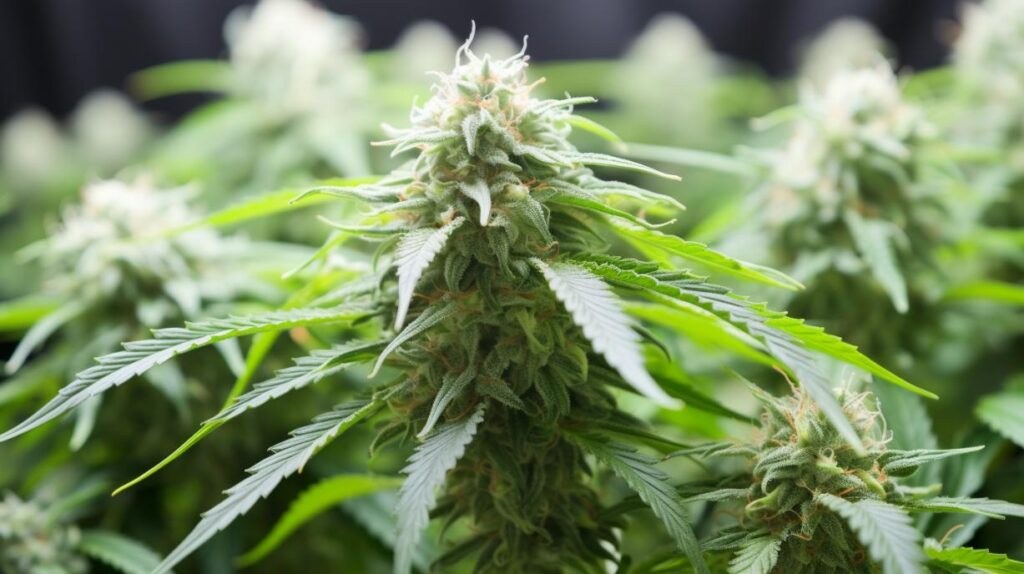
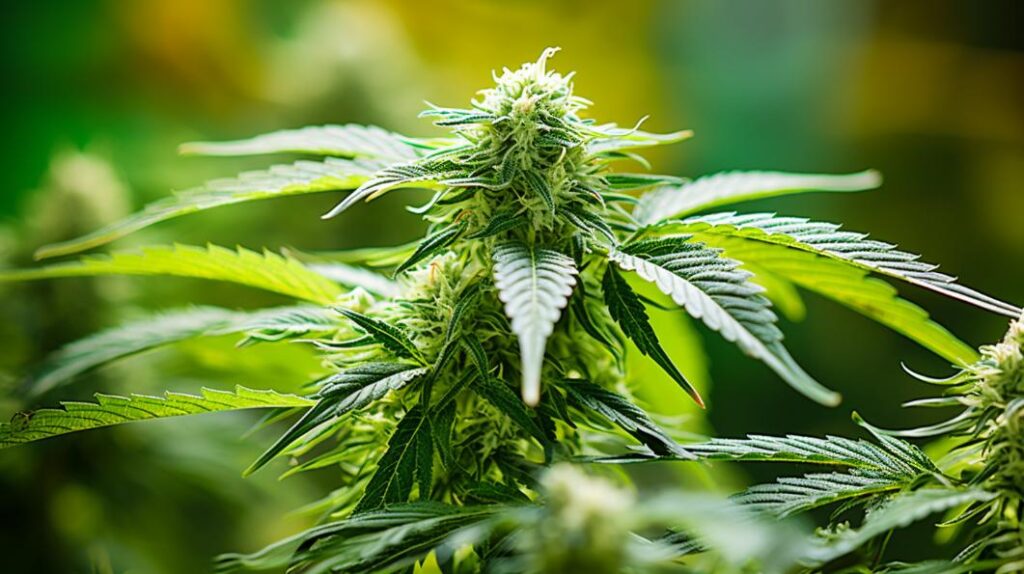
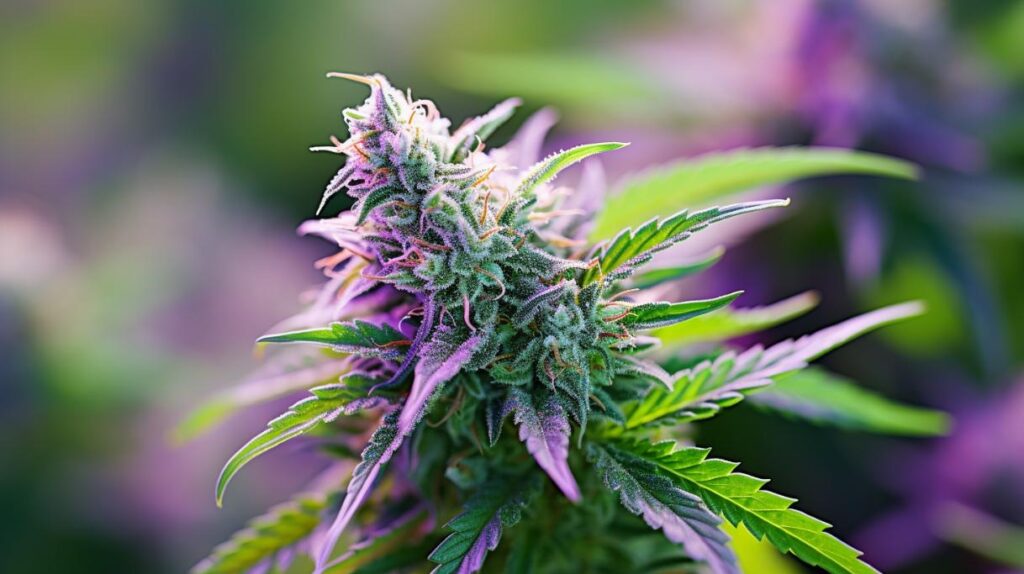
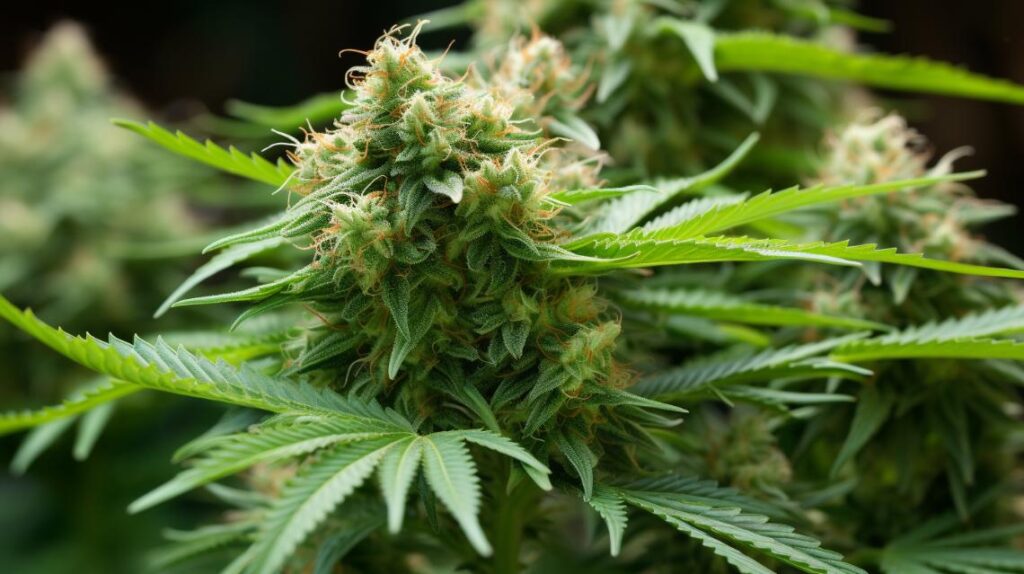
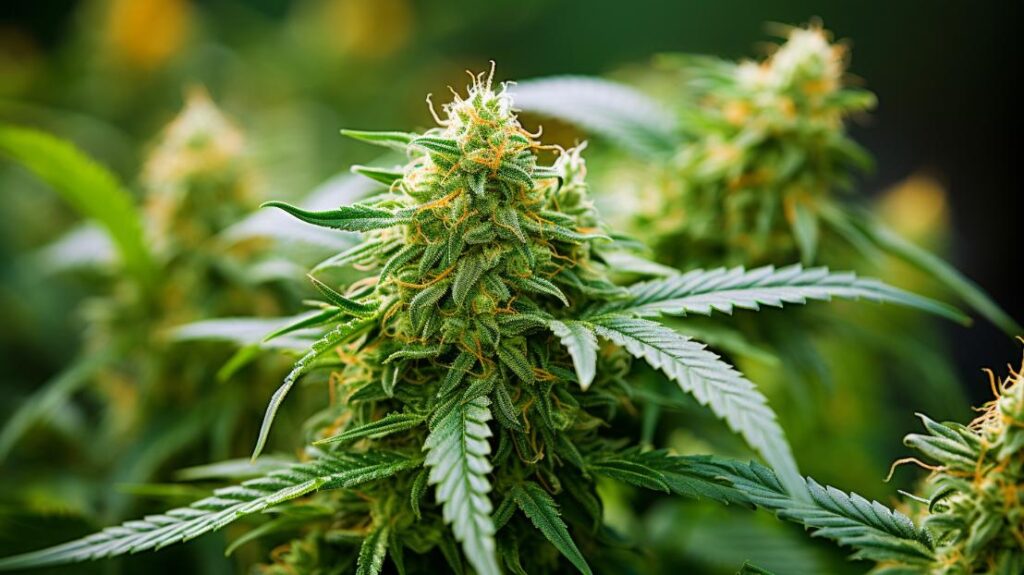

Responses